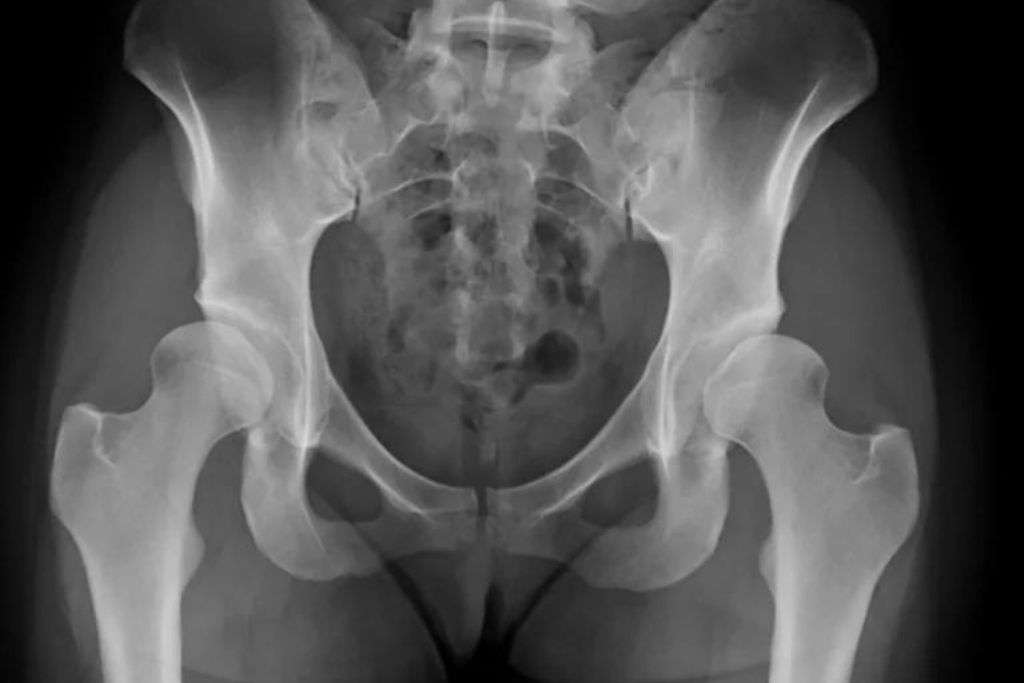
Hip dysplasia is a developmental disorder that affects the hip joint, hindering proper alignment and function. This condition arises during the growth and development of the hip joint, leading to instability and potential long-term issues. In this comprehensive overview, we delve into the causes, symptoms, and management of hip dysplasia.
Causes:
- Genetic Factors: Hip dysplasia often has a genetic component, meaning individuals with a family history of the condition may be more prone to developing it.
- Environmental Factors: Factors such as breech birth, swaddling infants with their legs tightly extended, or the improper use of baby carriers can contribute to hip dysplasia.
- Hormonal Influences: Hormonal factors during pregnancy, such as increased relaxin hormone levels, can impact the development of the hip joint.
Symptoms:
- Hip Instability: One of the primary symptoms is instability in the hip joint, where the ball of the femur does not fit securely into the hip socket.
- Limited Range of Motion: Children and adults with hip dysplasia may experience restricted movement in the hip joint, affecting activities like walking or running.
- Pain or Discomfort: Pain or discomfort in the hip, groin, or buttock area may be present, especially in adults with hip dysplasia.
- Gait Abnormalities: An altered walking pattern, often characterized by a limp or waddling gait, can be observed in individuals with hip dysplasia.
- Early-Onset Arthritis: If left untreated, hip dysplasia can lead to early-onset arthritis due to abnormal wear and tear on the joint surfaces.
Diagnosis:
- Physical Examination: A healthcare professional may conduct a thorough physical examination, assessing hip stability, range of motion, and any noticeable abnormalities.
- Imaging Studies: X-rays, ultrasound, or magnetic resonance imaging (MRI) can be utilized to visualize the hip joint’s structure and identify any dysplastic features.
Management:
- Conservative Approaches: In mild cases, non-surgical methods such as bracing or splinting may be employed to encourage proper hip development, especially in infants.
- Physical Therapy: Physical therapy plays a crucial role in managing hip dysplasia by improving muscle strength and joint stability.
- Surgical Intervention: Severe cases may require surgical interventions, including hip joint repositioning (osteotomy) or hip replacement surgery in advanced stages.
- Early Intervention in Infants: For infants, early detection and intervention are vital. The use of harnesses or braces can help guide the hip joint into the correct position during the critical developmental period.

